She was built by Daewoo Heavy Industries in Okpo. South Korea in 1998 as Yard Number 1087 and is 213m long with a 31m beam and 12m approx. draft.
GT = 37150 and DWT = 50211.
Hold capacity is 67,492m3.
Container capacity is 2,148 teu.
She has a MAN B&W 6560MC (15640ps @ 102.7rpm) marine diesel engine giving a service speed of 12.3 knots and a top speed of 16.0 knots.
Up to 2008 she was called Hosanger Star.
MMSI – 563495000
REG – SG, Singapore
IMO - 9081810
Call Sign - 9VAW8
Bulk Carrier
Built – Daewoo HI, Okpo, KR
Yard No. - 1087
L 213m W 31m
GT 37150
Year - 1998
Liverpool, 5 March 2015
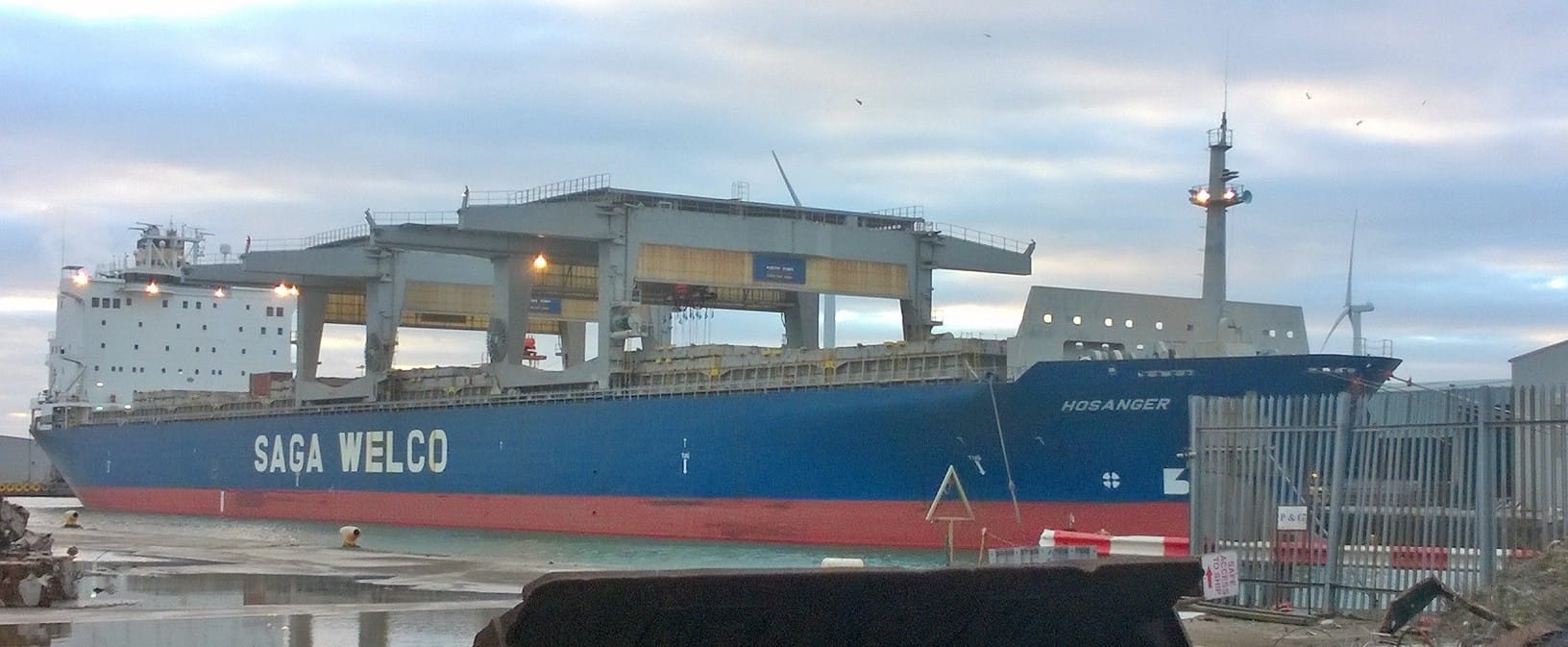
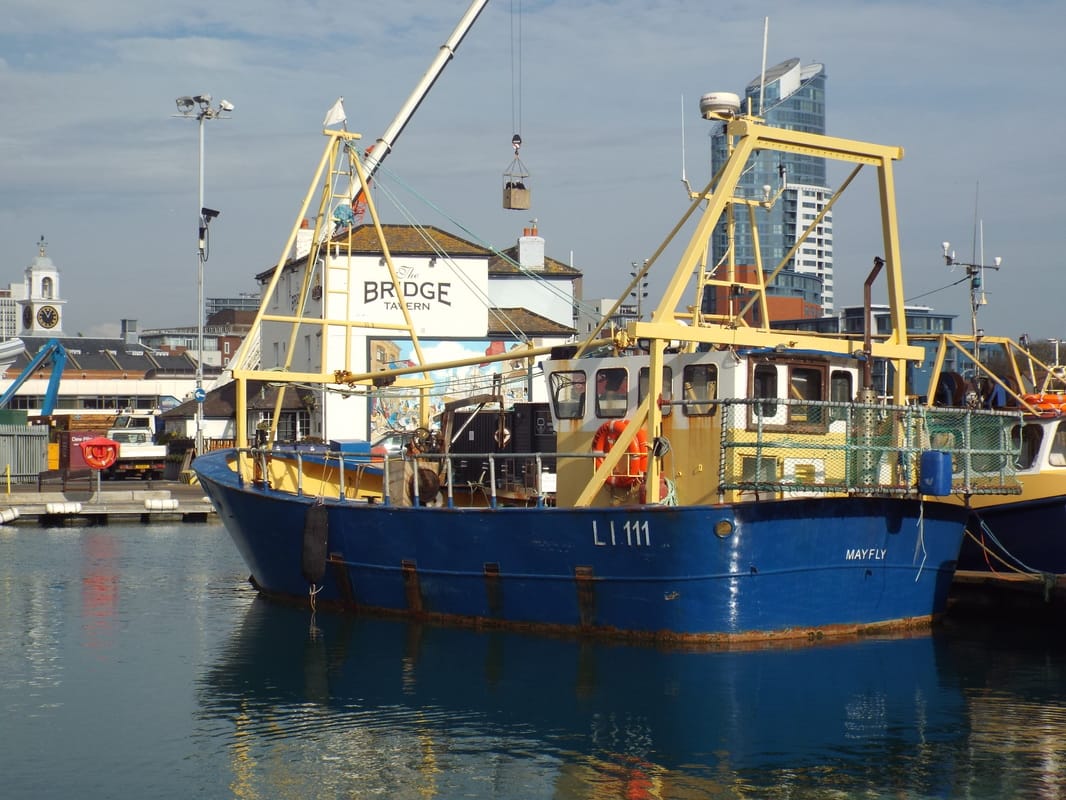
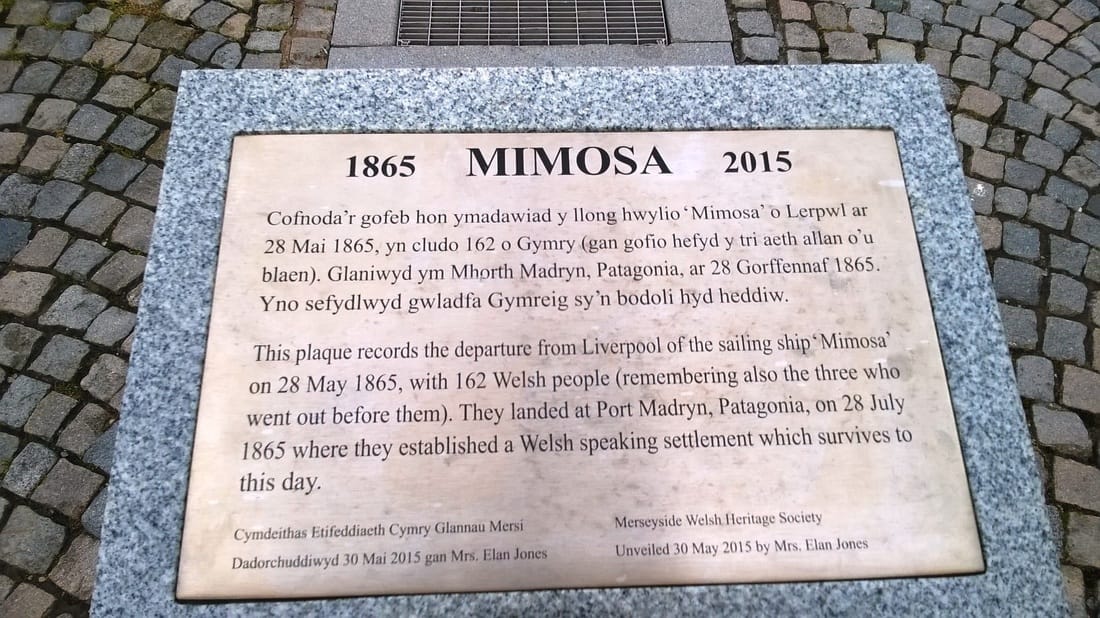
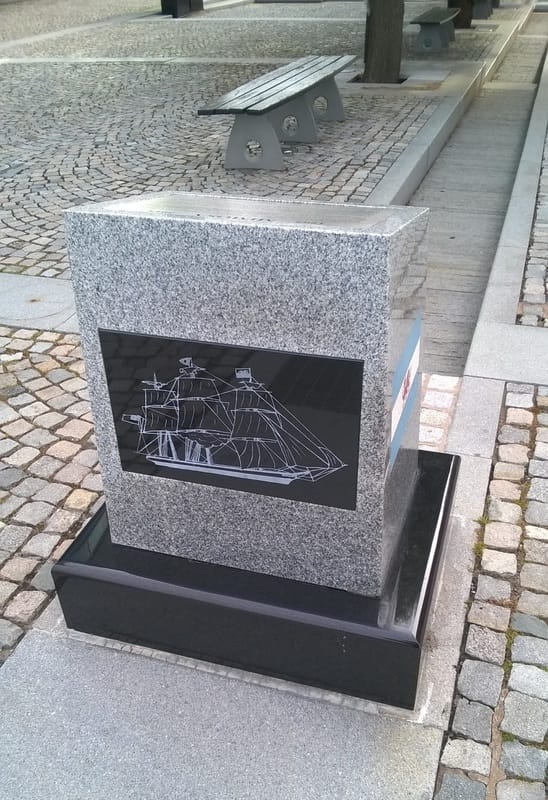
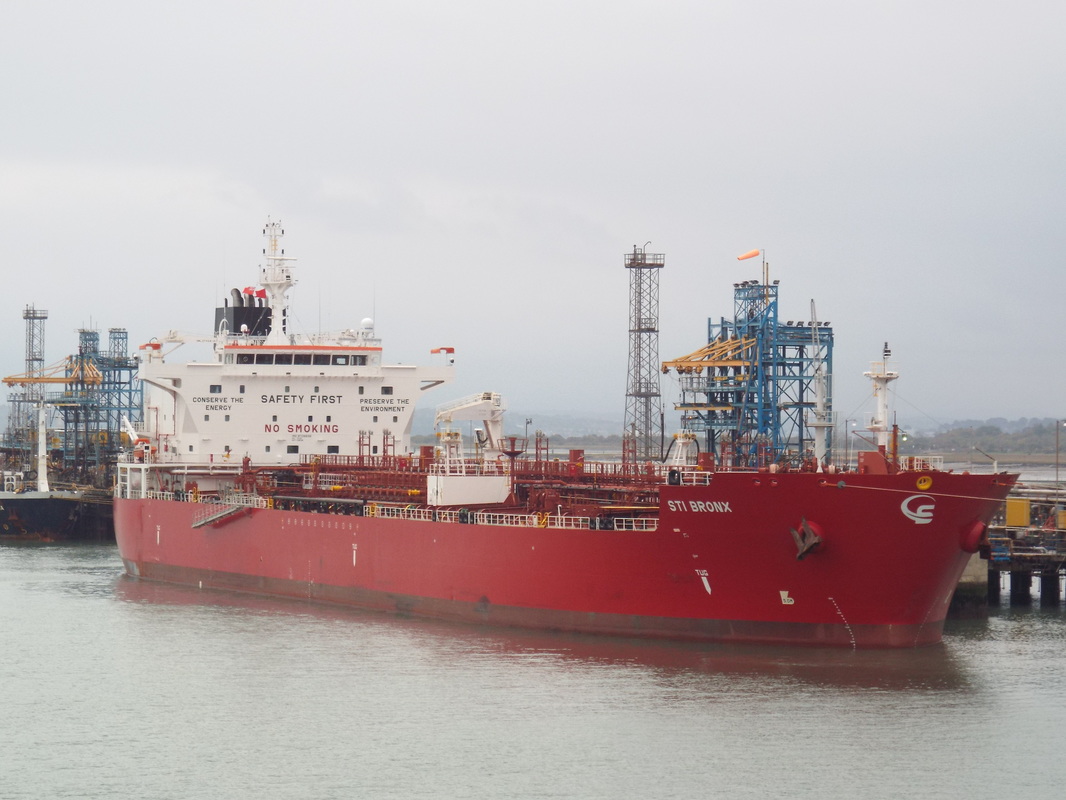
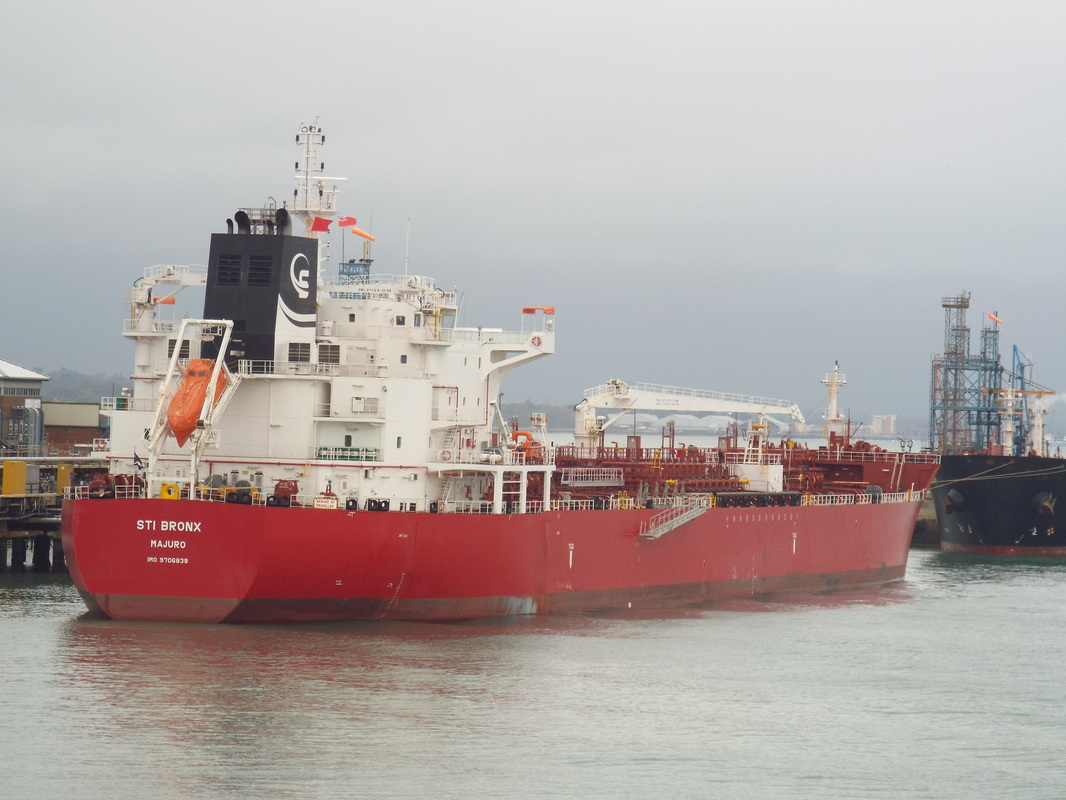

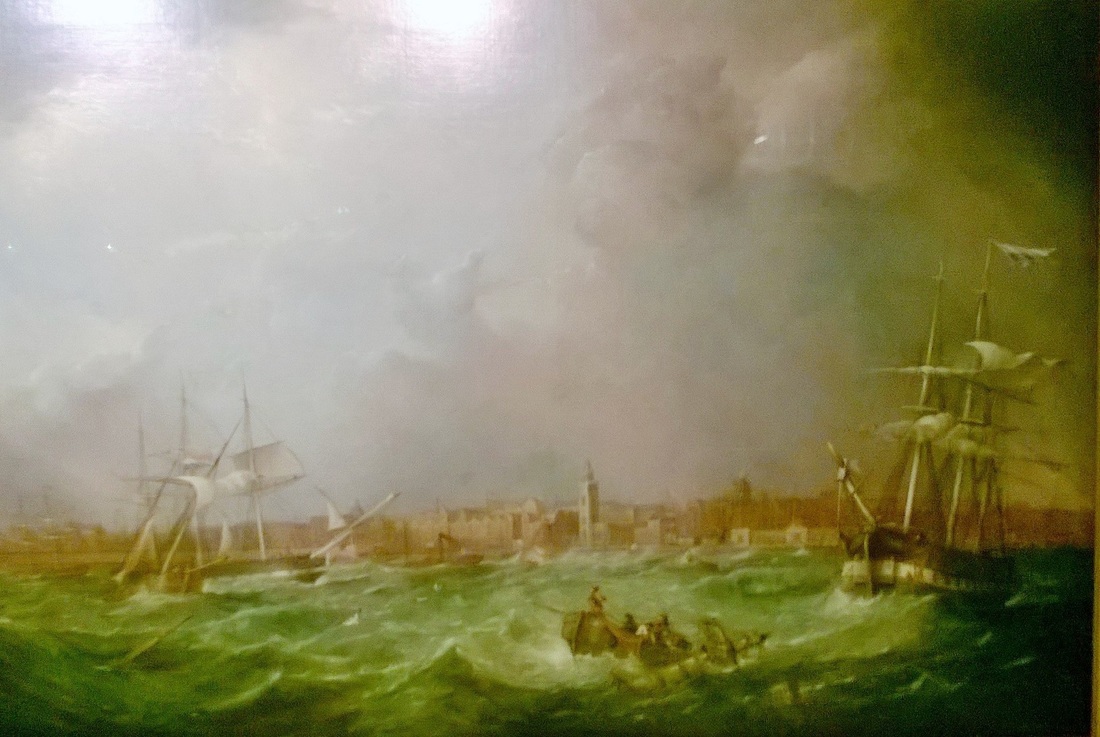

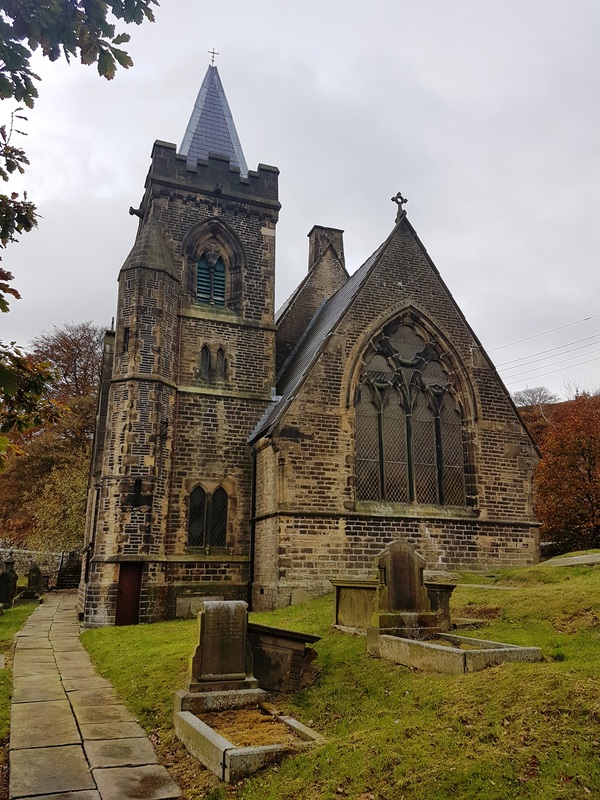
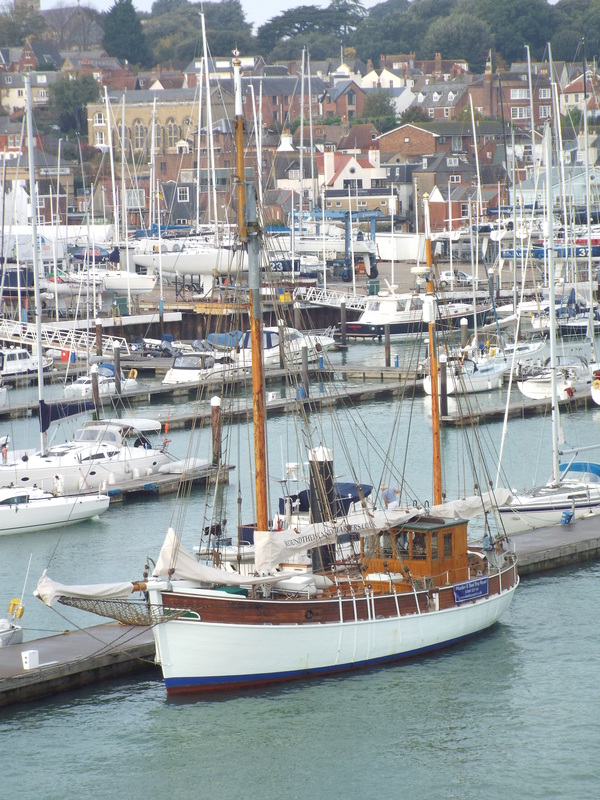
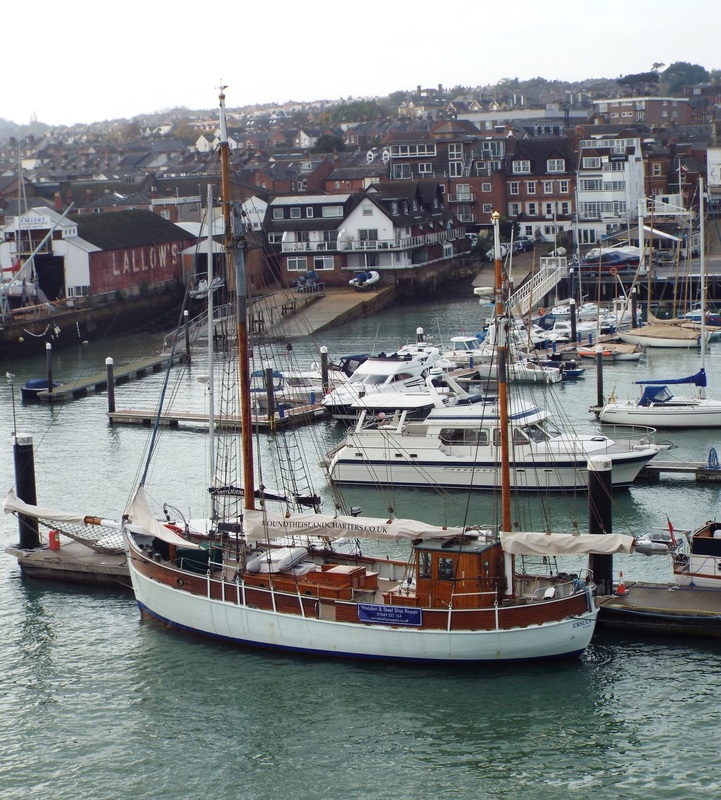
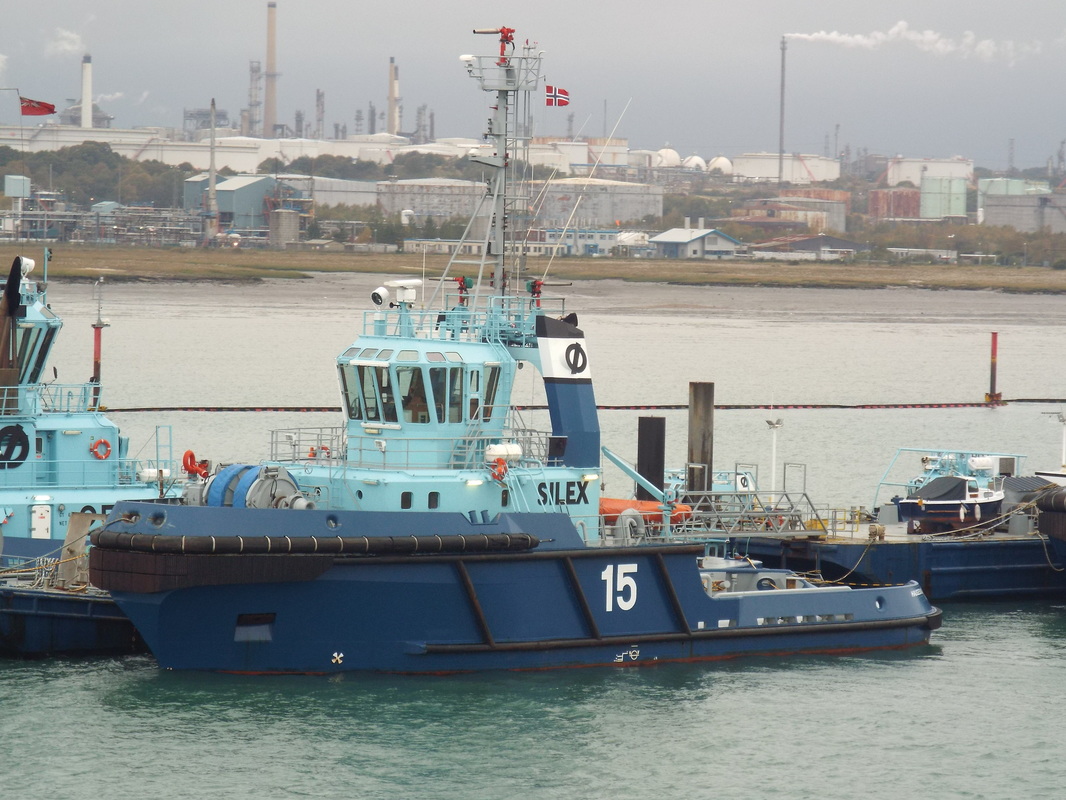
 RSS Feed
RSS Feed
